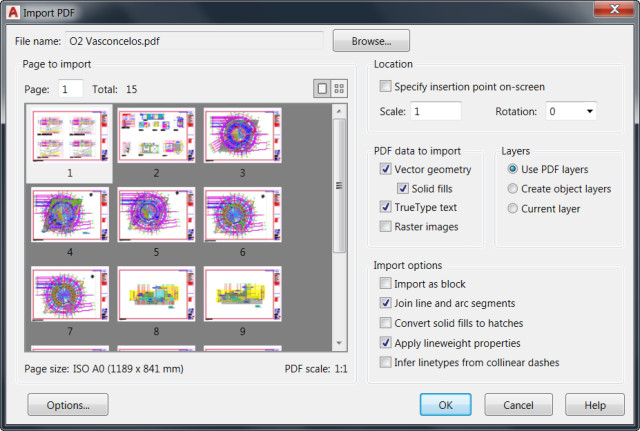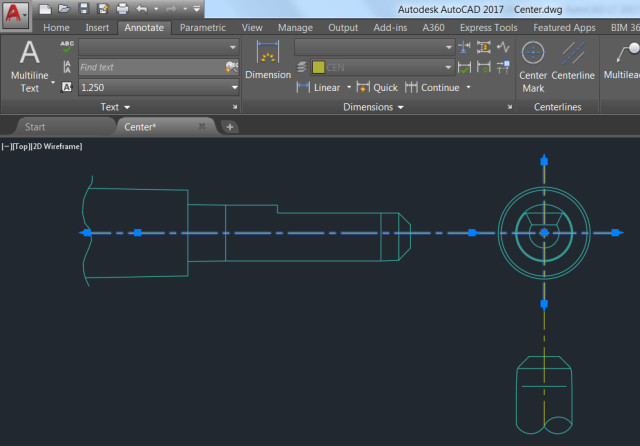Oil majors experiment with technology to weather crisis
By Karolin Schaps and Jessica Jaganathan
| LONDON/OSLO
Oil
majors including Statoil, Shell and Chevron are experimenting with
various technologies, from drones and drill design to data management,
to drive down costs and weather a deep downturn. Crude
prices have more than halved since mid-2014, forcing companies to cut
billions of dollars in costs. Determined to shield dividends and
preserve the infrastructure that will allow them to compete and grow if
the market recovers, they are increasingly looking to smarter tech and
design to make savings.
French
oil and gas major Total said it was now using drones to carry out
detailed inspections on some of its oil fields following a trial at one
of its Elgin/Franklin platforms in the North Sea.
Cyberhawk,
the drone company that led the trial, said this kind of work was
previously carried out by engineers who suspended themselves from ropes
at dizzying heights. It said the manned inspection used to take seven
separate two-week trips with a 12-man team that had to be flown in and
accommodated on site.
The
drones do the work in two days and at about a tenth of the cost,
according to the Britain-based firm's founder Malcolm Connolly, who said
it had also worked with ExxonMobil, Shell, ConocoPhillips and BP.
Total declined to comment on how long the manned or drone inspections took, or specify how much money was saved.
Statoil's
giant Johan Sverdrup field, the largest North Sea oil find in three
decades which is due to start production in 2019, is a leading industry
case study for cutting costs in the era of cheap oil.
The
Norwegian company has cut its development costs for the first stage of
the project by a fifth compared with estimates given in early 2015, to
99 billion crowns ($12.2 billion).
The
savings have largely been made by focusing on the most efficient
technology and designs from the beginning, Statoil's head of technology
Margareth Oevrum told Reuters in an interview.
Executives
say the growing attention on technologies that have been around for
some time shows how wasteful the global industry had been in the years
before the downturn when - with crude at above $100 a barrel delivering
bumper profits - oil companies' had little incentive to develop fields
efficiently.
For example,
simply finding a more efficient route for the oil pipeline that would
carry the crude from the Sverdrup field to the onshore refinery cut 1
billion crowns, Statoil said.
ROBOTS, FOAM
Statoil has also
developed a drilling "template" that is acting as a guide for the first
eight wells to be drilled at the field. It said it had reduced the
overall drilling time by more than 50 days, saving about 150 million
crowns per production well compared with what it would have cost with
2013 techniques.
"By far
the biggest driver (of savings) has been simplification," said Oevrum.
"To think much simpler and start from the bottom, or the bare bone, and
then rather add to that, instead of starting very big."
The
company could not give a figure for its group savings made from
improved technology and design. But it said that, partly because of such
innovations, projects set to start production by 2022 would be able to
make a profit with an oil price at $41 a barrel, down from $70 in 2013.
Global
upstream - exploration and production - oil and gas spending has fallen
by more than $300 billion across the industry in 2015-16, according to
the International Energy Agency (IEA), roughly equivalent to the annual
GDP of South Africa. Around two-thirds comes from cost cuts, rather than
cancelling or shelving projects, it said.
Shell,
for example, has developed a new type of pipe, called a steel lazy wave
riser, to carry oil and gas from its deepwater Stones field in the Gulf
of Mexico for processing. It bends to absorb the motion of the sea and
the floating platform, which the company says boosts production at
extreme depths.
The
Anglo-Dutch major could not say how much the pipes contributed to
increased efficiency, but said innovations at Stones had played a
significant part in cost savings of $1.8 billion in its projects and
technology division last year - equivalent to the 2015 core profits in
its upstream division.
The fall in oil prices has led to the introduction of other new engineering and maintenance techniques.
Chevron
is using a robotic device to clean and check the inside of pipelines on
their Erskine field in the North Sea more quickly. The improvement has
helped raise the field's daily production rate to the highest in two
years.
Oil services firm
Amec Foster Wheeler, working for BG Group which is now part of Shell,
has applied a new technique to remove the pillars of an old platform, a
procedure that is often dangerous because corroded elements can slip
off.
It pumped in
expanding foam to hold the pillar's elements together, allowing workers
to safely cut the metal away. This work took just over seven weeks
instead of the 22 weeks typically needed using traditional methods.
Alex
Brooks, oil and gas equity analyst at Canaccord Genuity, said tech
innovation in the industry was about "100 tiny things", adding: "The
bottom line is you end up with a much lower cost."
The
downturn has presented opportunities for some services firms that can
offer cost-saving innovations. Inspection drone firm Cyberhawk, for
instance, said its revenue from oil and gas had doubled from mid-2014 to
mid-2016, while the wider inspection market had shrunk.
http://www.reuters.com/article/us-oil-companies-costs-insight-idUSKBN12G08N
Autodesk has announced the release of AutoCAD 2017. Since its
initial release in 1982 AutoCAD has been one of the most widely used
CAD products, fulfilling the needs of engineers, civil drafters,
architects, and more.
In its latest update, AutoCAD 2017 has addressed various user
functionality requests and delivered a number of features that improve
everything from workflows to graphics processing.

Enhanced PDF importation in AutoCAD 2017
The first major improvement added to AutoCAD 2017 is its enhanced
ability to handle PDFs. Using 2017’s new “Import PDF” feature, users
will be able to import geometries, TrueType text, and raster images from
a PDF directly into AutoCAD as editable objects. In the past, this
type of PDF import was awkward, and often required costly work-arounds.
Now, users can more reliably import PDF data, eliminating the need to
redraw geometry.

Improved centerline handling in AutoCAD 2017
On the modeling side, AutoCAD 2017 features an improvement to
centerlines. Now, thanks to a feature called “smart centerlines,”
whenever a user moves associated objects all connected centerlines will
move as well, making drawing centerlines much less tedious.
When it comes to the backend that supports AutoCAD 2017, Autodesk’s
engineers have made a number of additional improvements. Most notably,
2017 will come packaged with the Autodesk Desktop App for managing
software updates, no doubt the new normal in their subscription-only
future. With this companion app users can receive the most up-to-date
security patches for previous versions of AutoCAD and any future updates
without disrupting their workflow.
In addition to the Desktop App, Autodesk has focused on improving the
stability of its 3D graphics while continuing to improve the
performance of its 2D graphics tools. READ MORE HERE
---------------------------------------------------------------------------------------------
Google: There's No Hub Like Home

Google: There's No Hub Like Home
No longer willing to let Amazon have the space to
itself, Google on Tuesday officially launched Google Home, its
long-awaited wireless hub. Google Home is an interactive personal
assistant and entertainment center that takes full advantage of the
company's deep advantages in Web search, AI and machine learning.
Google's vision is to place a customized version of its Google
Assistant technology into the hands of every customer, said CEO Sundar
Pichai, so it can be wherever they are -- whether out and about with a
mobile phone, at a desk using a computer, or relaxing in the living
room.
The Google Home device, inspired by the look of a wine glass or candle, is designed to blend seamlessly into the home decor.
Interactive Operation
The voice-activated speaker, powered by Google Assistant, allows users
to do everything from listening to music, news and traffic updates to
getting a rundown of personal schedules, getting answers to individual
questions, beaming photos and video to their televisions, and
controlling basic smart lighting and temperature systems.
Google first previewed Home this spring at the annual I/O
developers conference. Although the company was more than a
year-and-a-half behind Amazon in launching the product, it brought some
advantages to the table with its Google Assistant, machine learning and
AI capabilities that already were in use in phones, tablets and other
devices.
By simply saying "OK Google," a Home user can take advantage of its
far-field voice recognition to get a rundown of a daily schedule, listen
to traffic and weather updates, or listen to music from one of several
launch partners, including Google Play Music, Pandora, Spotify, TuneIn,
YouTubeMusic or, coming soon, IHeartRadio.
Home Automation Chops
The Google Home hub will be able to control lights, thermostats and
electrical switches manufactured by four launch partners: Philips Hue,
Nest, Samsung SmartThings and IFTTT.
Google Home is currently available for preorder for US$129 from the
Google Store, Best Buy, Target and Walmart, and it will be available in
retail stores starting in November. New users will be eligible for a
six-month trial of YouTubeRed, which offers ads-free music and video.



No comments:
Post a Comment